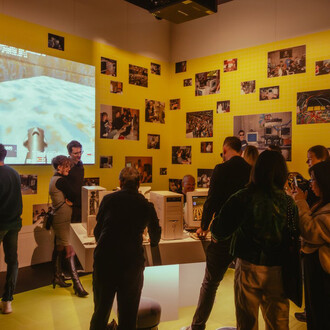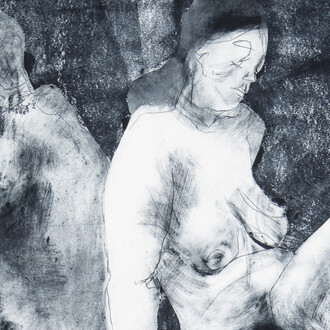Bangkok. I put my impressions on the table, as a gardener puts the varied flowers he has cut in a great heap, leaving them for you to arrange, and I ask myself what sort of pattern I can make out of them. For my impressions are like a long frieze, a vague tapestry, and my business is to find in it an elegant and at the same time moving decoration. But the materials that are given me are dust and heat and noise and whiteness and more dust.
(W. Somerset Maugham, The gentleman in the parlour, 1930)
The cicerone is a learned guide who explains matters of antiquarian or artistic interest to foreign visitors. The antiquated term is linked to the tradition of the Grand Tour – a coming-of-age pilgrimage through Europe undertaken by the upper classes between the 17th and 19th centuries. These expeditions often involved the acquisition of cultural objects and stories which could be trafficked westwards to signal prestige, accomplishment and worldliness. This act of global flânerie allowed the traveller to categorise and contain the world through a subjective lens. The ethos of the Grand Tour was resurrected in early 20th-century explorations of South-East Asia, frequently documented through written and filmed travelogues.
Cicerone is a new body of work by Nathan Beard drawing on the spectre of the Grand Tour and found Super 8 footage of a vacation in Bangkok. Bound (2025) brings together moving image from fiction and non-fiction sources, including the artist’s family archive. Alongside rolling footage of floating markets and urban life, glimpses of dancers and boxers reflect a touristic gaze, positioning the performing bodies as both symbol and spectacle. The dexterity, power and elegance of hands in motion recur as visual anchors of Thainess throughout the video and accompanying sculptures.
Beard’s own hands form the basis of the sculptures in Cicerone, presenting here as elegant and moving decorations. Through actions of searching and collecting, Beard’s sculptures guide the viewer through a series of motifs adopted throughout his studio residency at Gertrude. Stretching the potential of hands as markers of Thainess, the works suggest disobedient bodies that are frustrated, contorted and exaggerated by the strains of cultural expression and foreign observation.














